I know that I talk a lot about writing in here, but running gives me unending thoughts. This time of year, with its rain and windstorms and wildly blowing red and golden leaves, which dance in the air like wild fairies, has fueled my novel. I am up to chapter 7. If I didn’t work full time and run a press and some side projects, I’d probably be done with the novel, but it’s okay–time gives me ideas.
After my beautiful 5K to Deer Lake and back last week, I have had two shorter runs, the last being on Tuesday, before which I was gazing out a large picture window at an oak tree, when a wind picked up and blew its red leaves around in a large eddy. It was crazy and beautiful! The leaves seemed to dance and circle each other and stay afloat for quite a while. On my run afterward, I noticed the trees getting bare now. I was going to run this afternoon, but the toe is giving me grief again and I need to have no injuries before the 10K on Sunday.
So I spent the lunch hour writing and felt that I have a keener sense of the novel than even yesterday; each day it materializes more into a Real Thing. I knew the direction in the beginning, but have been deepening some concepts lately. Any vagueness is purposeful, because I don’t want to give away what I’m writing or spoil it. But I, when watching those leaves fly around the other day, thought of more Yeats’ poetry. He had grown up in Ireland and studied its peasant mythology.
Both “The Stolen Child” and “The Hosting of the Sidhe” explore going away from the sad world–which to me is the rote world, the world of cultural bindings–and going to the other side, the great wild world. “Come away” is used in both poems. In “The Stolen Child,” faeries steal a child and say to “Come away, O human child to the waters and the wild,” while “The Hosting of the Sidhe” ends with “And Niamh calling Away, come away.” (There might be other similar poems as well.)
Sidhe was the name that peasants gave to faeries–Niamh, the goddess of Tír na nÓg, being mentioned in the above poem. Shenandoah Literary states:
Niamh invites the reader to “empty your heart of its mortal dream,” reflecting the notion of escape and freedom from mortal toil. Following this invitation to step outside of the reality of the moment, “the winds awaken” and “the leaves whirl round.” These images emphasize the relationship between nature and the Sidhe, as well as reinforce the sort of wildness and freedom associated with paganism and pre-Christian Irish mythology. Yeats furthers this wild, physical expressiveness by employing words such as “unbound,” “heaving,” “agleam,” and “waving.” These words evoke an almost ritualistic image, and convey the excitement of Irish mythology.
Yeats’ nature poetry seemed close to that of the Pre-Raphaelite ideas of art, before organized religion and stricter artistic preaching. I remember an article appearing over a decade ago, in Jack Magazine, which I founded and was chief editor of, and went back to see that one of the goals of the Pre-Raphaelites was: “to study Nature attentively, so as to know how to express them [ideas].” Perfect, really, as that is one of my goals in this novel.
The Pre-Raphaelites’ goals were to attend to nature usually as depicted within still art (painting, sculpture, etc.) in a realistic sense, and my novel is more fantastical and weird–and not “still.” I’ve been studying how other writers, of what I think of as “ecological weird fiction,” depict nature.
Of all the books I’ve ordered recently (many of them actually more like novellas or short stories), I’ve read Algernon Blackwood’s “The Willows” and William Hope Hodgson’s “The Voice in the Night” and have several other books to read. I’m also starting on Roadside Picnic by Arkady and Boris Strugatsky. I have quite a few books that finally arrived. I also read a little in Justin Groot’s The Forest. Groot is an apt name for an author of such a book.
Of course, writers need to reference and read and get ideas but at the same time try to not write like anyone else. Some of these books I’m reading are older, with formal language and phrases like “By Jove, what is this?!” which make me laugh, especially because my nerdy husband and his equally wise but nerdy friends often talk as such, complete, actually, with very great vocal impressions.
The other similar books I’ve already read are Michael Bernanos’s The Other Side of the Mountain and Jeff VanderMeer’s The Southern Reach trilogy. Though all these books seem to “study Nature attentively” (I like that phrase), they all do so differently. Right away, for instance, I could see that Groot’s novel used quite elaborate sequences of overly fantastical events in a forest that was dense with imagination and frights, whereas VanderMeer, for instance, slowly crawled into a myth as characters discovered the reality of an ecologically ruined area that was now off-limits and even surrounded by a barrier. The mystery deepens…
“The Voice in the Night” had a lot of dialog, but surrounding it you could feel the night, the moon, the lapping of the waves in the sea–meanwhile imagining the horror experienced in an invisible monologuer’s description of how he and his wife had come across a strange, invasive fungus. And “The Willows” captured a shadowy area disowning time and space, between old pagan beliefs of elemental causation and scientific knowledge when it came to understanding things that we do not know–in the story, these unknowns were strange shadows, preternatural willows and winds…it quite affected me!
The one thing that the better descriptions have in common is a thorough study of the natural things–whether the funny suit of an Atlantic puffin or a strange pine forest that has died in the blanket bog (my novel) or the strange organisms “writing” on a wall or a dolphin with a human eye (VanderMeer) or billowy shapes of mysterious light figures rising through willows’ silvery shadows to the heavens above (Blackwood) or the wild descriptions of the sea and fungus in Hodgson’s story.
Anyway, combining a respect and awe and even horror of nature with a shadowy hint of myth and mysterious plot is a hell of a lot of fun to write. And I was delighted to see that I already have on my Kindle Yeats’ book of Irish peasant mythology, because I need to read that before going further.
The coming days are full to the hilt–a birthday party for my husband this weekend with several friends coming over (I am really looking for that mulled wine I will be making!), a visit with my mother-in-law, who will be in town on Saturday, and the 10K race on Sunday. I look forward to night times, falling into bed after everything has occurred that day and evening, and reading the words that strive to come closer to the place we exist–not the world of the every day, global interconnected and digitized communications, nor the fashion, nor the desire to appear more than what we are, nor the political spins that thousands take upon themselves to analyze, nor the self-righteous and arrogant egoists that obsess over getting their name in lights, nor the memes and quick fixes, nor even the stories of humans whose survivals and fights are desaturated in cold media–but the flight we take and the connection we have to the lessening light of our planet. It has overtaken me to the ends that if I cannot get out in be in it, cannot be immersed in the natural world and all its mysteries and mists and shadows, I will at least write of it, read it, and dream of it.
Feature image is By Luis Ricardo Falero – [1], Public Domain
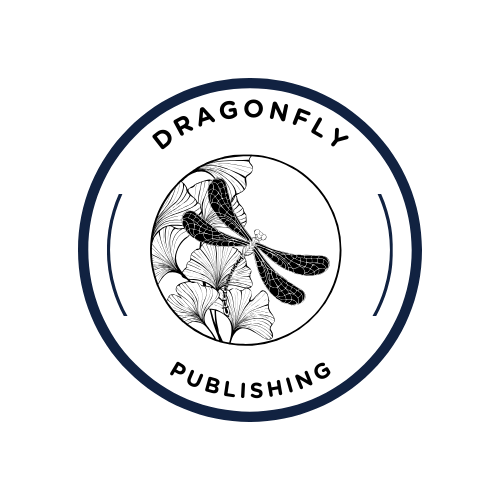

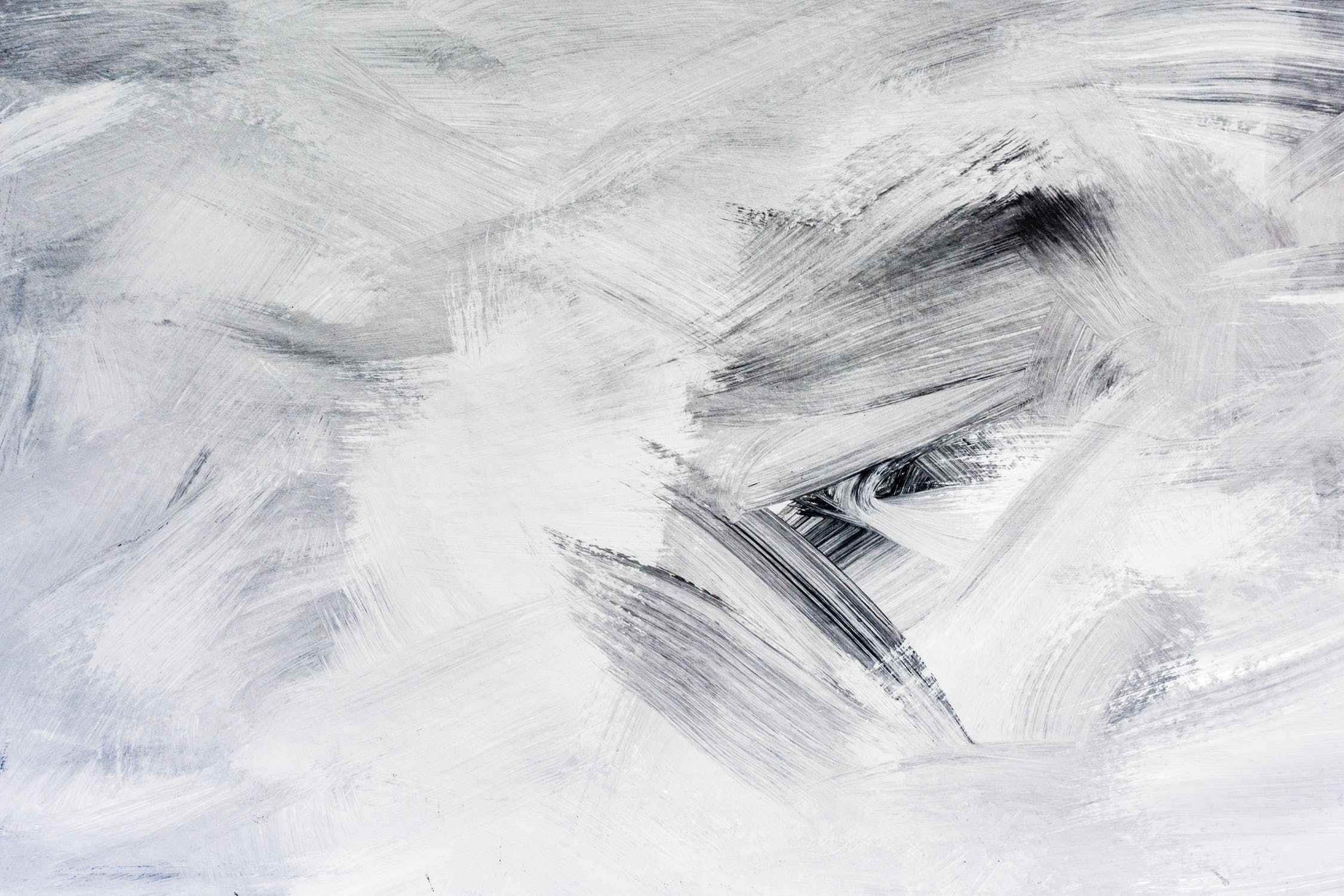
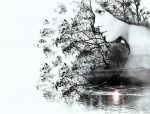
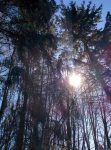
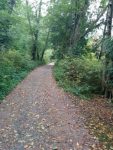
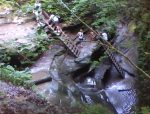
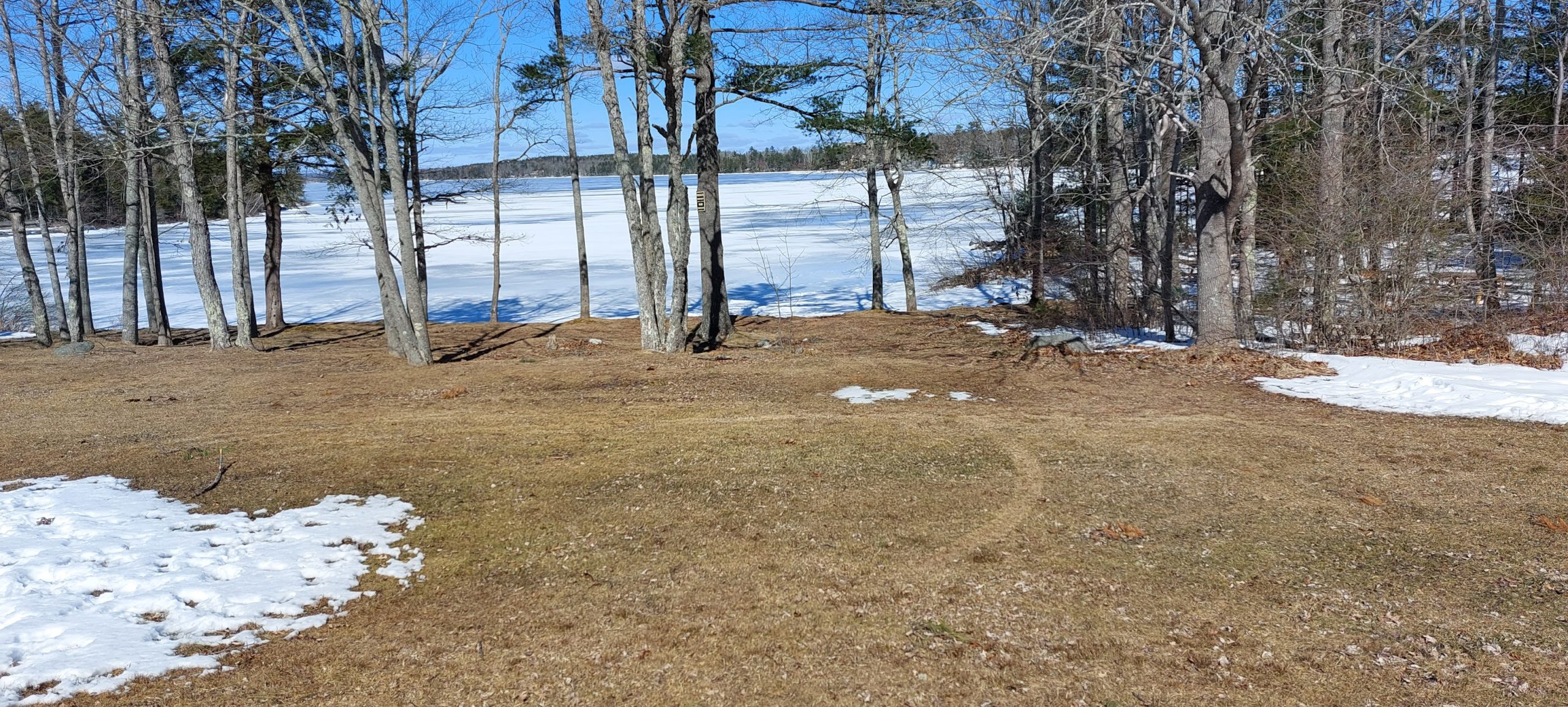
All I can say is….Keep Writing, Mary! Your literary and worldly inspirations imbue everything you write and are very interesting reading. Your work reminds me of Theresa Kishkan’s beautiful writing which wends its way from the observer to the natural world and deftly weaves in history, ancient and modern, and much more, multi- layered writing and a compelling story arc as well. Her most recent book is a lovely novella, Winter Wren, from Fish Gotta Swim Editions, a co-operative project which Theresa, who lives on the Sechelt Peninsula, and Anik See, based in Amsterdam, have just started and which will publish novellas only. http://www.fishgottaswimpress.com Kindred spirits I think!
Wow, thank you! I will definitely check that out.